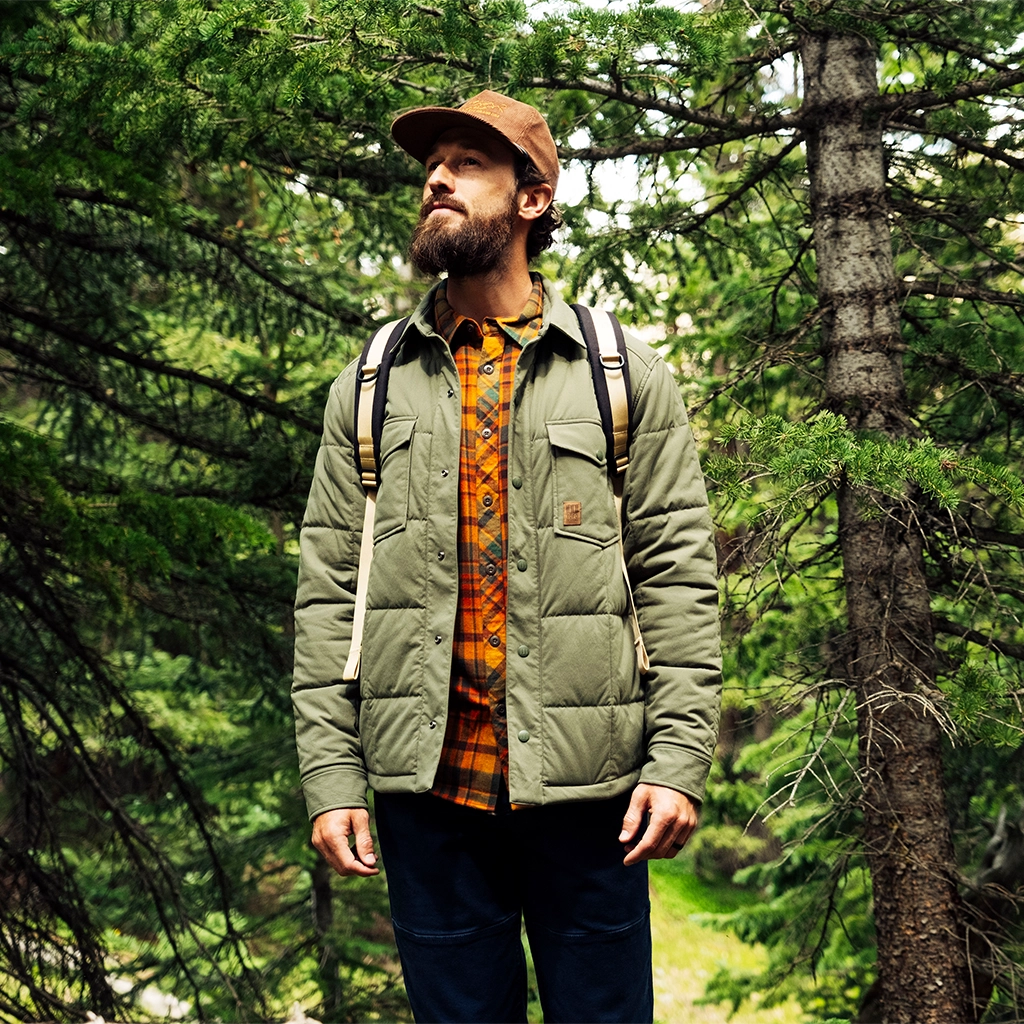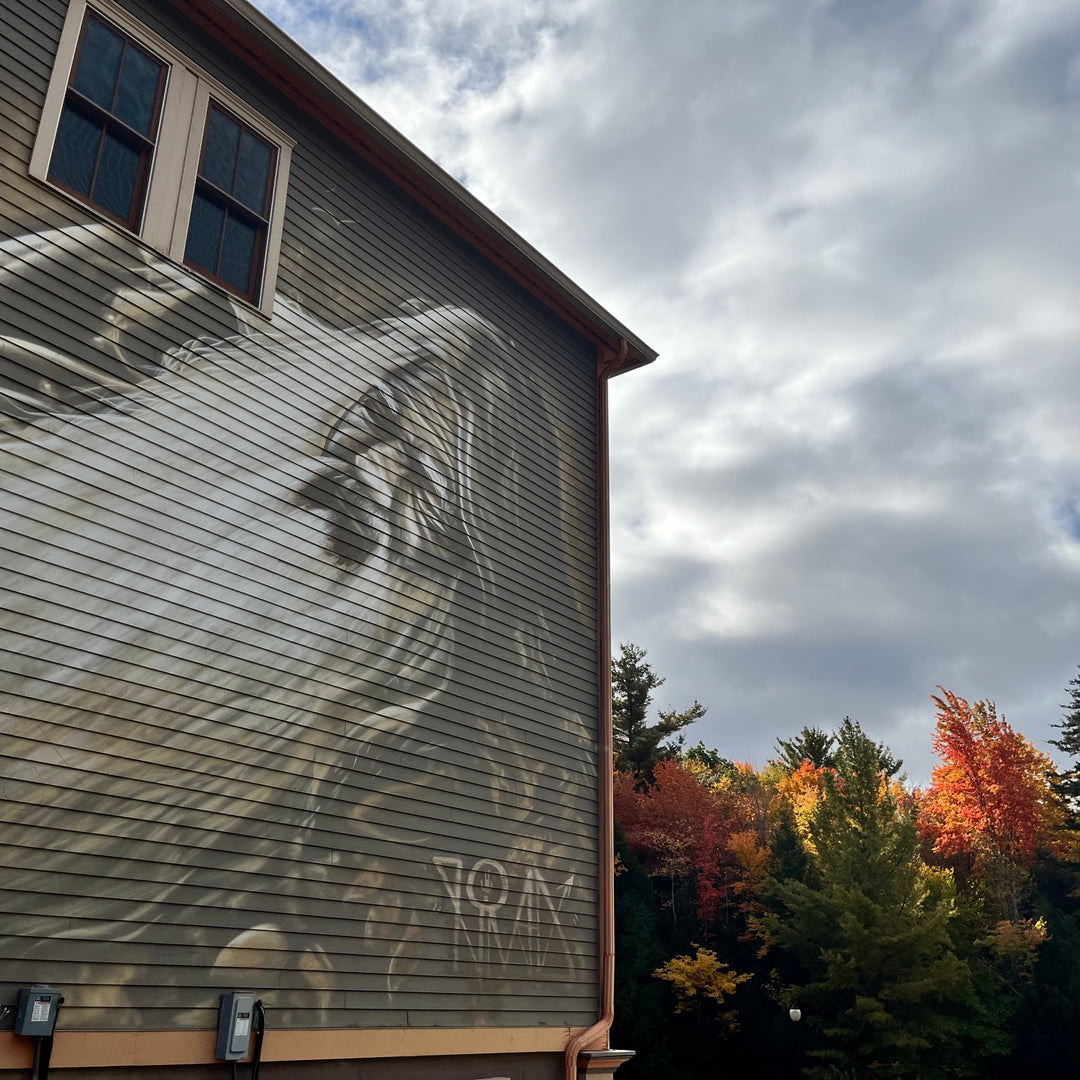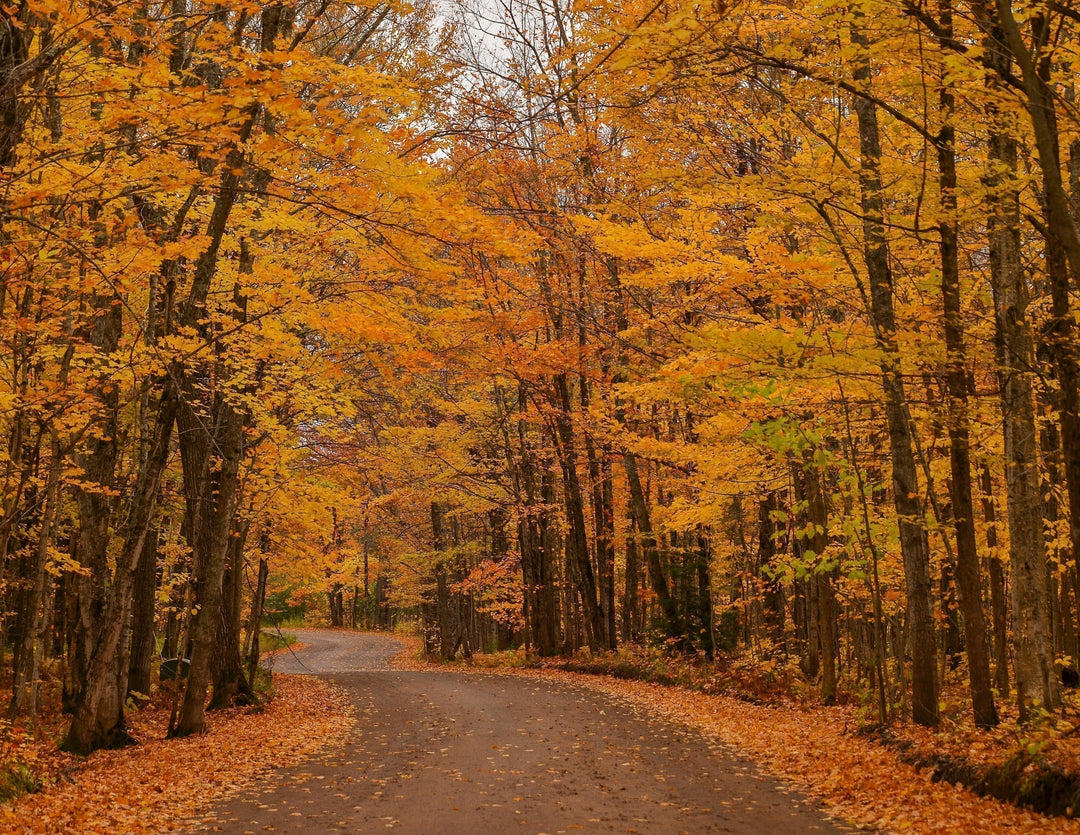Winter Hiking in the Catskills
Catskill 3500 Club: The 4 Winter Hikes You Need to Complete the Challenge
For adventurous hikers looking to join the Catskill 3500 Club, winter presents a unique opportunity. The club requires hikers to summit all 33 publicly-accessible peaks over 3,500 feet in the Catskills, but to complete the challenge, four of those peaks must be hiked in winter (between December 21 and March 21). These hikes are more demanding but reward hikers with quiet trails, stunning snow-covered landscapes, and a sense of accomplishment like no other.
Here’s a breakdown of the four required winter peaks and what to expect on your journey to Catskill 3500 Club membership.
1. Blackhead Mountain
- Elevation: 3,940 feet
- Distance: 5.4 miles round trip (via Black Dome Range Trail from Big Hollow Road)
- Elevation Gain: ~1,800 feet
-
Highlights: Stunning views of the Blackhead Range
Blackhead Mountain is one of the most challenging peaks in the Catskills, especially in winter. The steep ascent requires microspikes or crampons to tackle icy sections. At the summit, you’ll enjoy breathtaking views of the snow-covered Blackhead Range, a reward for your efforts.
2. Slide Mountain
- Elevation: 4,180 feet
- Distance: 6.8 miles round trip (via the Phoenicia-East Branch Trail and Wittenberg-Cornell-Slide Trail)
- Elevation Gain: ~1,800 feet
-
Highlights: Expansive summit views and peaceful woods
Slide Mountain, the highest peak in the Catskills, offers a relatively gradual ascent for winter hikers. Snow-covered forests line the trail, and the summit offers panoramic views. With fewer crowds in winter, it’s a perfect time to experience this iconic hike.
3. Balsam Mountain
- Elevation: 3,600 feet
- Distance: 5.6 miles round trip (via the Oliverea-Mapledale Trailhead)
- Elevation Gain: ~1,500 feet
-
Highlights: Quiet forests and summit views through the trees
Balsam Mountain is one of the more approachable winter peaks, making it an excellent choice for those new to snowy hikes. The trail winds through peaceful woods, with occasional views near the summit. Snowshoes may be necessary for deeper snow, but the gradual climb is manageable and rewarding.
4. Panther Mountain
- Elevation: 3,720 feet
- Distance: 6.4 miles round trip (via Giant Ledge Trail from Route 47)
- Elevation Gain: ~1,800 feet
-
Highlights: Epic views from Giant Ledge and the Panther summit
Panther Mountain offers one of the most scenic hikes in the Catskills. The trail climbs past Giant Ledge, where stunning viewpoints overlook the Catskill peaks. Winter conditions add a layer of beauty to the hike, with snowy vistas and serene forests.
Winter Hiking Essentials for Catskill 3500 Peaks
Tackling these peaks in winter requires preparation. Here are a few essentials for a safe and enjoyable adventure:
- Microspikes or Crampons: Icy trails are common, especially on steep sections.
- Snowshoes: Deep snow can make trails harder to navigate without them.
- Layers: Dress in moisture-wicking layers and pack extra gloves and hats.
- Navigation Tools: Trails can be hard to follow in snow. Carry a map, compass, and/or GPS device.
- Emergency Gear: Bring a headlamp, first-aid kit, and plenty of food and water.
Ready to Take on the Challenge?
Completing the winter hikes for the Catskill 3500 Club is no small feat, but the rewards are incredible. You’ll experience the Catskills at their most serene and build memories that last a lifetime. So grab your gear, head out into the snow, and take the first steps toward earning your 3500 Club patch.
Didn’t Catch Part 1?
If you’re looking for beginner-friendly winter hikes to warm up your skills, check out 5 Easy Snow Hikes in the Northern Catskills for more ideas. Whether you’re just starting out or tackling the peaks, the Catskills are full of opportunities to explore and enjoy the season.
Make sure to stop by Camp Catskill to gear up and ask any questions before you head out!









